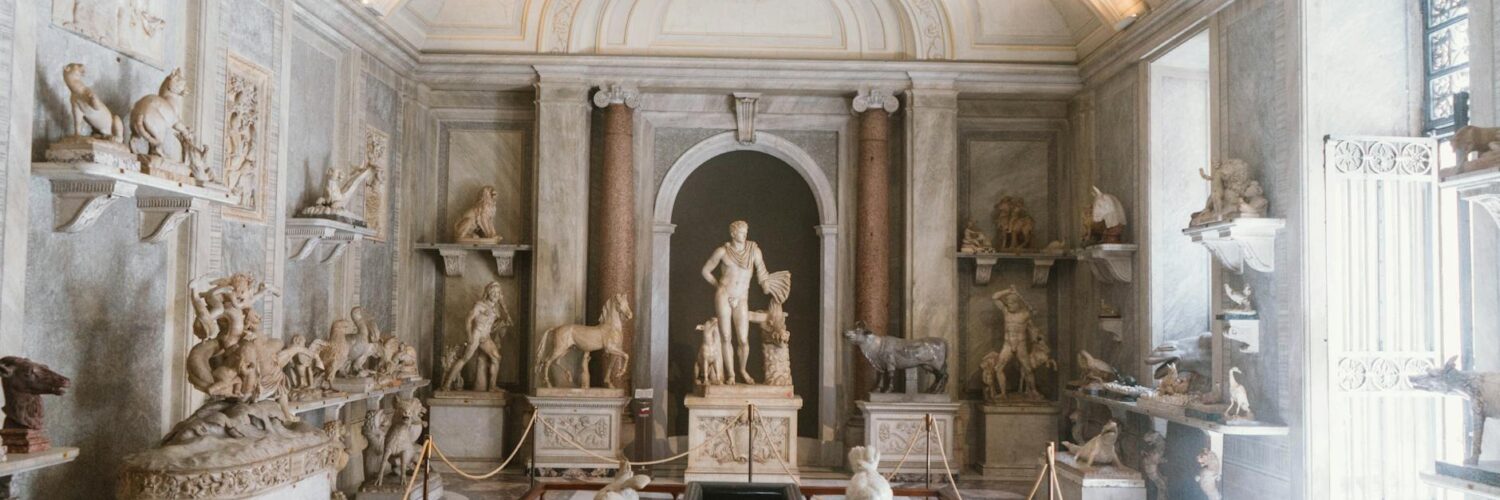Ever stop and wonder why we do things the way we do? You know, like why we have a specific way of greeting people, why certain foods are considered “holidays,” or even why we use forks instead of, say, tiny spears for dinner? It turns out, a lot of these everyday cultural practices have surprisingly quirky origins, often stemming from historical events you might not immediately connect.
Let’s dive into some of these fascinating links between the past and our present-day habits. It’s like finding unexpected family members at a giant, messy reunion – a little weird, a little wonderful, and full of stories.
The Humble Beginning of the Handshake
You probably shake hands without a second thought. But did you know this common greeting likely originated as a way to show you weren’t holding a weapon? In ancient times, extending an empty hand, palm up, was a sign of peace and trust. It proved you weren’t hiding a dagger or a stone. Over centuries, this practical gesture evolved into the polite handshake we know today. Imagine going through airport security and having to demonstrate your non-weapon-holding hand for every person you meet! Thankfully, history smoothed that out for us. How Did Writing Evolve Over Time?
Why Do We Clap? A Sound That Says “I’m Not Trying to Hurt You!”
Applauding after a performance or a speech might seem like a simple mark of appreciation. But some historians believe it also has roots in ancient gestures of non-aggression. Clapping hands together loudly could have been another way to scare away evil spirits or, perhaps more practically, to signal to others that you were unarmed and approaching in good faith. Think of it as a sonic way of saying, “Hey, it’s just me, and I come in peace!” It’s a far cry from the thunderous applause we hear at a rock concert, but the basic idea of using sound for connection and reassurance might be ancient.
The Strange Story of Toothpicks
Yep, even those little wooden sticks have a tale to tell. While we often think of toothpicks as modern conveniences, they’ve been around for millennia. Ancient Egyptians actually used sharpened reeds or bird quills to clean their teeth after meals. And in Roman times, people would use metal or bone toothpicks. The mass production of wooden toothpicks really took off in the 19th century, but the impulse to get that stubborn bit of food out of your teeth is as old as eating itself. It’s a little gross, but undeniably human.
Why “Saving Face” Matters: A Cultural Echo of Ancient China
The concept of “saving face” is crucial in many East Asian cultures, but its roots are deeply embedded in historical social structures. In ancient China, particularly during imperial times, social hierarchy was paramount. One’s reputation and social standing were incredibly important. Losing face – meaning being publicly embarrassed or humiliated – could have severe consequences, impacting not only the individual but their entire family. This wasn’t just about ego; it could affect marriage prospects, business opportunities, and even one’s safety. This historical emphasis on honor and public perception has rippled through generations, making “saving face” a deeply ingrained cultural value. What Is the Role of Storytelling in Indigenous Cultures?
The Surprising Link Between Medieval Plumbing and Modern Manners
Okay, this one’s a bit more niche, but fascinating. In medieval Europe, particularly in castles and large manor houses, “garderobes” were common. These were essentially toilets that emptied directly outside the building, often into a ditch or moat. The word “garderobe” itself is thought to derive from the French “garde robe,” meaning “wardrobe,” because people sometimes stored their clothes in these rooms to keep moths away, as the smell of the waste supposedly deterred them! Now, fast forward a few centuries. As sanitation improved and plumbing became more sophisticated, the idea of basic hygiene and cleanliness became more important. This gradual evolution pushed for more private and cleaner ways to deal with waste, eventually influencing our modern ideas about personal hygiene and decorum, including how we present ourselves and our living spaces.
The Tyranny of the Fork: A Relatively New Invention
We rarely think about cutlery as a historical artifact, but the fork, as we know it, is a surprisingly recent addition to the global dining table. While rudimentary forks existed in ancient Greece and Rome, they were often used for cooking or serving, not for eating. For centuries, most people ate with their hands, knives, or spoons. The fork slowly gained popularity in Italy in the Middle Ages, largely thanks to Byzantine influence. However, it was met with suspicion and resistance in many parts of Europe. Some saw it as effeminate or even heretical, a “vain delicacy” that interfered with God’s natural way of eating. It took centuries for the fork to become the standard eating utensil it is today. Imagine the awkwardness of trying to eat spaghetti with just your hands!
The Curious Case of the “Viking Salute” (It’s Not What You Think!)
You might have seen characters in historical dramas or even people at sporting events using what’s often referred to as a “Viking salute” – a raised fist or arm. But here’s the odd fact: there’s virtually no historical evidence that Vikings actually did this. It’s a modern invention, likely popularized by fictional portrayals. Real Viking greetings were probably more about handshakes, hugs, or even bowing, depending on social context. This highlights how history and culture can morph and create new narratives, sometimes with very little basis in documented fact. It’s a testament to the power of storytelling and visual media to shape our perception of the past.
Tea Time and Empire: A Bitter Sweet Connection
The ritual of afternoon tea, so quintessentially British, has a surprisingly imperial history. It was popularized in the 1840s by Anna, the Duchess of Bedford, who found herself feeling peckish between lunch and a late dinner. She started inviting friends for tea and small snacks at around 4 PM. This trend caught on among the aristocracy. However, the tea itself came from British colonies in India and Sri Lanka, often grown on plantations that relied on exploitative labor. So, while afternoon tea became a symbol of British refinement and social grace, it’s also a tangible link to the economic and social consequences of the British Empire. A lovely cuppa with a complex past.
The Ghost of Garum: How Ancient Roman Fish Sauce Shaped Our Palates
Here’s a truly obscure one for you. Garum was a fermented fish sauce that was ubiquitous in ancient Roman cuisine. It was used as a condiment, a flavoring agent, and even in medicine. Imagine a super-concentrated, extremely pungent fish sauce. It was made by piling layers of fish guts and small fish into large earthenware jars, salting them, and leaving them to ferment in the sun for months. The resulting liquid was then strained. While we don’t typically slather garum on our fries today, the Roman love for umami-rich, savory flavors influenced the development of many European cuisines, including the ancestor of Worcestershire sauce. Even though garum itself has largely disappeared, its legacy can be tasted in the background of many savory dishes we enjoy today. It’s the ancient flavor ghost in our modern meals.
The Humble Button: A Medieval Masterpiece of Ingenuity
Buttons seem so basic, right? But their widespread adoption is relatively recent. For most of human history, clothing was fastened with pins, ties, or toggles. The development of buttonholes to work with buttons is largely credited to the Middle Ages, around the 13th century. This was a significant technological leap! It allowed for much tighter-fitting garments, which were not only more practical but also a status symbol, showing off the tailor’s skill and the wearer’s wealth. Before this, looser garments were the norm. The demand for buttons and buttonholes spurred innovation, and what was once a complex tailoring challenge became an everyday fastener. It’s a small detail that dramatically changed fashion and function.
Conclusion: We’re All Products of the Past
From the way we greet each other to the food we eat and the clothes we wear, our cultural practices are a rich tapestry woven from threads of history, necessity, and sometimes, pure chance. These surprising links remind us that our present is deeply rooted in the past, and the seemingly mundane aspects of our lives often have extraordinary stories behind them. So, the next time you reach for a toothpick or shake someone’s hand, take a moment to appreciate the long and winding journey that brought that simple action into your life. History isn’t just about kings and battles; it’s also about toothpicks and tea!

























Add comment